This year’s edition of Innersound, the 4th in the festival’s history, was a good opportunity for me to attend some of the numerous events scheduled over 4 days and to outline, old-school, a sort of gonzo sketches for a coverage about the extreme areas in which technology can crossover, especially when interacting with art. I chose to go to the sound installation art show called TOUCH, to see the technologically tapped piano by Cătălin Crețu (“Piano Interactions” (with new technologies)) and an acoustic techno concert by Project 128, a collective of musicians from The Netherlands.
Despite the well written curatorial text which says that “the development of technology made possible the access to the mystery of sound, which is slowly becoming more and more independent, striving to detach itself from a singular definition”, the sounds from the 8 present installations did not resonate at all with the theory of “its seductive power” that was circulated by Ciprian Ciuclea.
Matei Bejenaru projected two extremes of modern alienation: communism and capitalism, analyzing them in a 16mm documentary: A 67 Habitat in Montreal, brutalist cleanliness but tagged as “failure” and homes on abandoned fields in Iași. Unfortunately all of this with very little sound, which would have made a difference had it had a chance to shine.
For Gabriel Kelemen‘s completly halucinating, almost fractal cymatics study on liquid matter, the screen was too small even though the artist mentioned “an HD video projection”. The synaesthetic interaction with sound could not properly take place because Svetlana Maras’ installation was too loud, and by far the most decent and eclectic sound. “Mattrer of fact” is made up of a sensory panel that can interpret a series of words varying from “myself” to “depression” and put together a video montage of texts and images and the sound was in sync with most of the 3D printed vocabulary.
Diana Dulgher’s installation, “Layers”, was an audio-visual study in the pursuit of synesthesia, but it was unfortunately animated by small speakers that did not allow too many frequencies, despite them being received by the a/v mixer. Same thing happened to “Brouillage”, the Syntax (bardos Laurian) installation, a study on the poetics of numerically encrypted messages “with sounds from real radio transmissions and frequencies that are specific to short, software generated, waves”. Besides the fact that they were using plastic speakers, the video projectors were not bright enough for a coherent HD projection.
In Livia Mateiaș’s work, “Wave”, the sound is inaudible and the screen is too small even though the artist suggests, in her description, that the installation can be exhibited as a big projection with a sound system or on a ips monitor with headphones. Without all the suggested mediums, there cannot be any synesthesia or any hypnotic effects.
“The identity pattern” by Marius Jurca was perhaps the only work that was technologically functional as intended, and consisted of a touch screen and a pair of headphones. The author puts forward a sound that happens after you decipher an encrypted intention using a unique cipher of anywhere between 9 and 79 numbers, with each number having a designated sound. Abstract yet interesting, it made me curious what the sound could be if I would crack the code.
Ioana Vreme brought a “Kariotoscope”, a stroboscope that can visually transmit certain feelings, almost like a random neuronal programming, all while interacting with mood changing sounds. But this installation can also inflict paranoia or panic, overworking the optical nerve or, in some cases, epilepsy. The “Kariotoscope” explores pioneering areas of animation, straight from the cabinets of curiosities, at the very dawn of photography when optokinetic disks where the only things that gave the impression of image movement by rapidly altering several frames. I really liked this installation, especially since it explores an area at the periphery of the perceptible, where is no middle ground: you either like it or you don’t. I did, because it explores reality as fragmented by audiovisuals in an almost magical way, something in which you can also take part in, interactively.
The second event I went to was the recital by Cătălin Crețu, musician, multimedia artist and researcher at the Center for electro-acoustic Music and Multimedia at the University of Music in Bucharest, and his technologically tapped piano. For this year’s edition of Innersound, Cătălin Crețu had a hybrid setup in which the (acoustic) piano was placed in a different context, together with a sampler and a synthesizer, all controlled via computer by a sensor system with the programming medium Max/Msp. As Crețu put it in a text that was published last year, the artist “is floating, like an astronaut, through interplanetary acoustic space, elaborating algorithmic compositions with the help of artistic creation using new technology, leaving the computer with a small degree of freedom for conceiving or executing the work, holding it in the context of its own musical galaxy using random procedures that are rigorously controlled”. The technical details need to be mentioned when describing this type of performance, in which the pianist is doing a lot more than just playing music from a sheet or improvising. Using the sensors, Cătălin Crețu interacts with the analog piano by sampling it and adding more layers of audible reality, a performance that is not just based on pressing the keyboards, but hitting them, even hitting the main resonance board. This isn’t the first time I’m seeing Cătălin Crețu using a piano he constructed the way he wanted. A few years ago I was at the George Enescu mansion in Tescani where, during an improve recital, the artist tapped his piano with a lot of kitchen utensils which added various reverberations and weird contretemps when mounted on the resonance board.
The closing evening of the festival was dedicated to accordionist Ghenadie Rotari (Moldova-Italy) whose eclectic recital made me change my mind about this instrument, usually associated, at least in Romania, with traditional fiddler music. But the musician approaches his accordion as it were a “classic” instrument, and is quite virtuous in playing Alberto Posadas’ “Snefru” and “Holograma” by Sabina Ulubeanu.
The accordion was followed by some techno-acoustic music. Project 128, born in The Netherlands, sets out to perform a live techno stuck at 128 bpm, the collaboration between 2 DJs and 3 instrument players (clarinet, violin, cello). The end result of their sound exploration, which implies improvisation as well as classical scores, is innovative and fresh, it makes you want to dance but also think about the common aspects of electronic rhythms and acoustic atmospheres.
The night ended with an ambient music set and field recordings by DJ Lukatoyboy, an experimentalist who also hosted a very interesting workshop for children. Atmospheric and almost lacking rhythm, his set wasn’t danceable but rather a sort of introspection on alien sounds that come from various sources, far from mainstream music.
Due to the busy schedule of these 4 days, the organizers also made some live video transmissions from some of the events, a good idea for those who could not attend the whole festival. In this local landscape where classical contemporary music and multimedia stand out only within a festival like The International Week of New Music, which takes place every spring, Innersound puts forward a coherent alternative that is very open to experimenting with other mediums. Unfortunately, at least when it comes to the art-sound relationship, mediated by new technologies, the “Touch” installations more precisely, the curatorial text did not respect its premises, overshadowing some aspects without even realizing it. But as far as the schedule, the artist selection and the venues, Innersound is extremely interesting and eclectic.
Innersound took place during September 28th – October 1st 2016 in Bucharest.
POSTED BY
Miron Ghiu
Obsessed by new technologies and a careful manipulator of sounds of all kinds, Miron Ghiu lives in a continuous present. He likes to wallow online and lounge offline, surrounded by as many buttons to ...
mironghiu.wordpress.com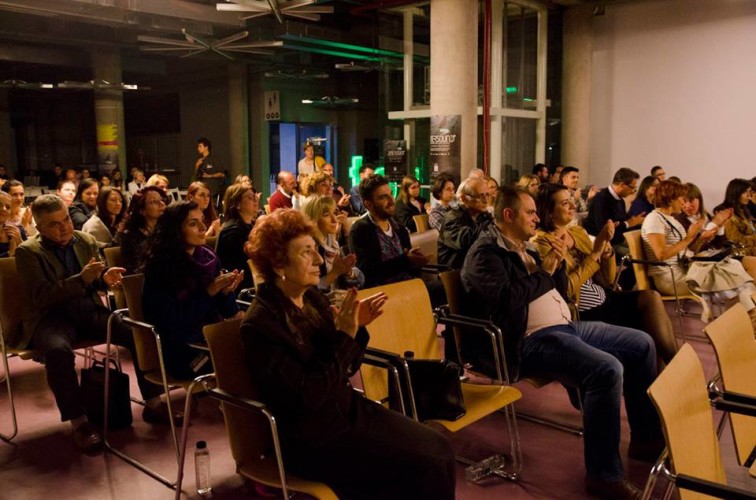
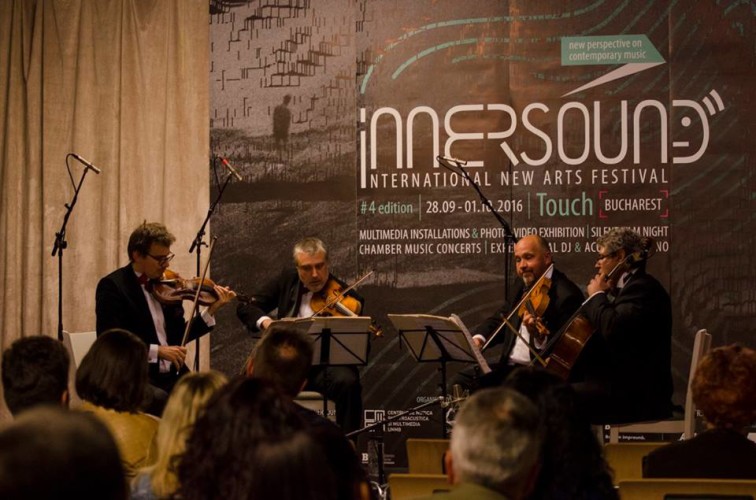
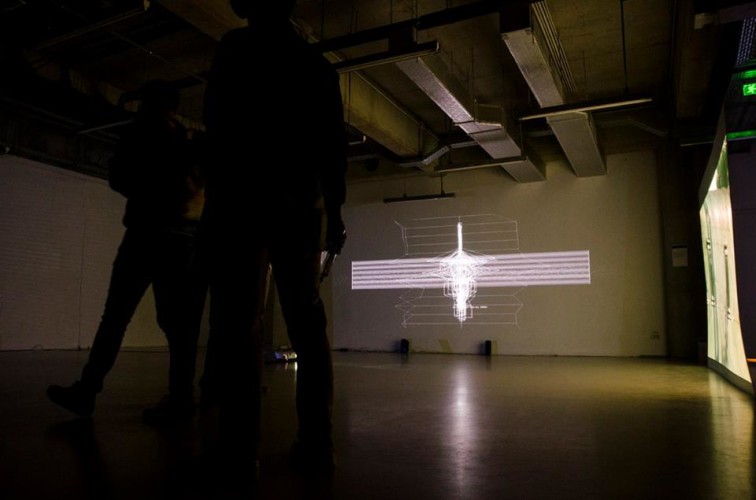
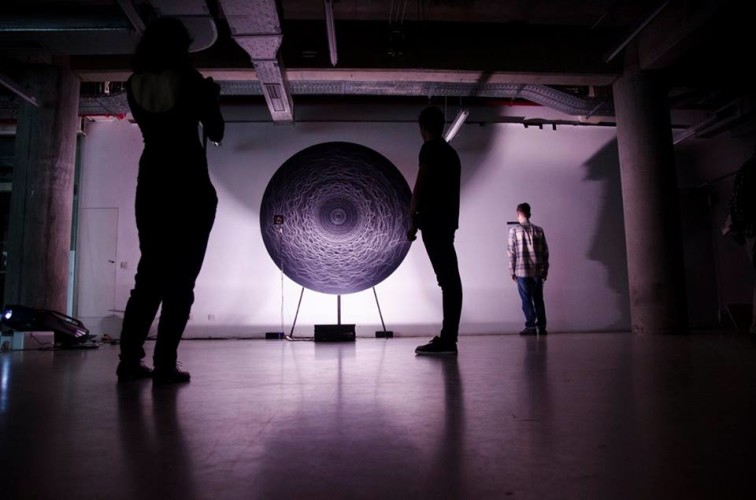
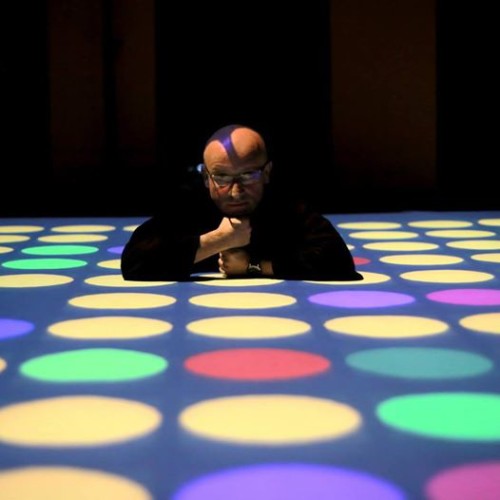
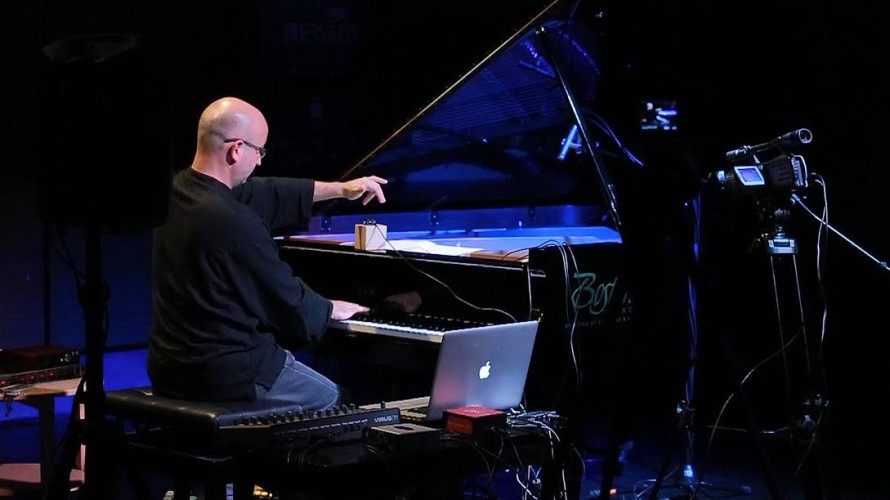
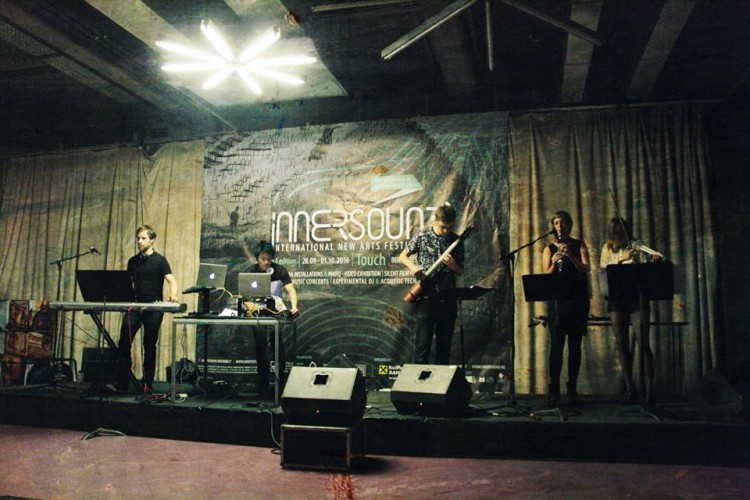
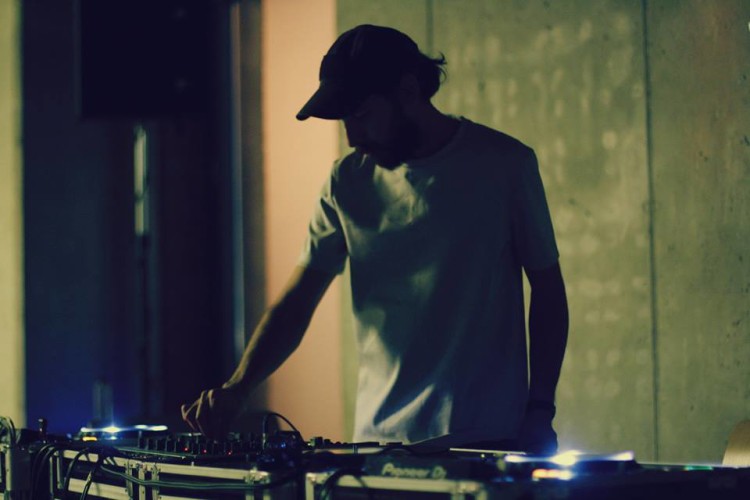
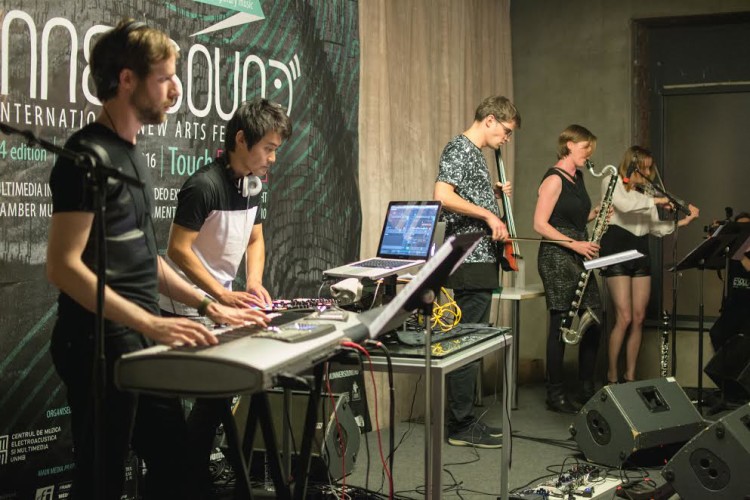
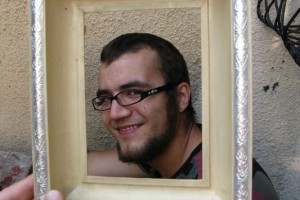
Comments are closed here.